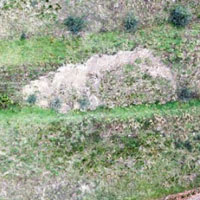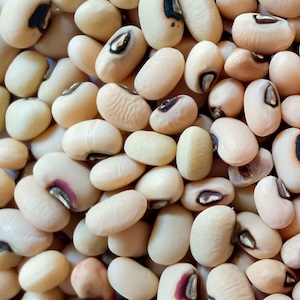UAV-SfM 4D mapping of landslides activated in a steep terraced agricultural area

All claims expressed in this article are solely those of the authors and do not necessarily represent those of their affiliated organizations, or those of the publisher, the editors and the reviewers. Any product that may be evaluated in this article or claim that may be made by its manufacturer is not guaranteed or endorsed by the publisher.
Authors
The presence of roads is closely linked with the activation of land degradative phenomena such as landslides. Factors such as ineffective road management and design, local rainfall regimes, and specific geomorphological elements actively influence landslide occurrence. In this context, recent developments in digital photogrammetry (e.g., Structure from Motion; SfM) paired with Uncrewed Aerial Vehicles (UAV) systems increase our possibilities to realize low-cost and recurrent topographic surveys. This can lead to the development of multi-temporal (hereafter: 4D) and high-resolution Digital Elevation Models (DEMs), which are fundamental to analyse geomorphological features and quantify processes at the fine spatial and temporal resolutions at which they occur. This research proposes a multi-temporal comparison of the main geomorphometric indicators describing a landslide-prone terraced vineyard to assess the observed high-steep slope failures. The possibility to investigate the evolution of landslide geomorphic features in steep agricultural systems through a high-resolution and 4D comparison of such indicators is still a challenge to be explored. In this article, we considered a case study located in the central Italian Alps, where two landslides were activated below a rural road within a terraced agricultural system. The dynamics of the landslides were monitored by comparing repeated DEMs (DEM of difference), which reported erosion values of above 20 m3 and 10 m3 for the two landslide zones and deposition values of more than 15 m3 and 9 m3, respectively. The road network’s role in the alteration of superficial water flows was proved by the elaboration of the relative path impact index. Altered water flows were expressed by values between 2σ and 4σ close to the collapsed surfaces. The increase in profile curvature and roughness index described the landslides evolution over time. Finally, the multi-temporal comparison of feature extraction underlined the geomorphological changes affecting the study area. The accuracy of features extraction was analysed through the quality index computation, expressed in a range between 0 (low accuracy) and 1 (high accuracy), and proved to be equal to 0.22 m (L1-pre), 0.63 m (L1-post), and 0.69 m (L2). Results confirmed the usefulness of high-resolution and 4D UAV-based SfM surveys to investigate landslides triggering due to the presence of roads at hillslope scale in agricultural systems. This work could be a useful starting point for further studies of landslide- susceptible zones on a wider scale to preserve the quality and the productivity of affected agricultural areas.












